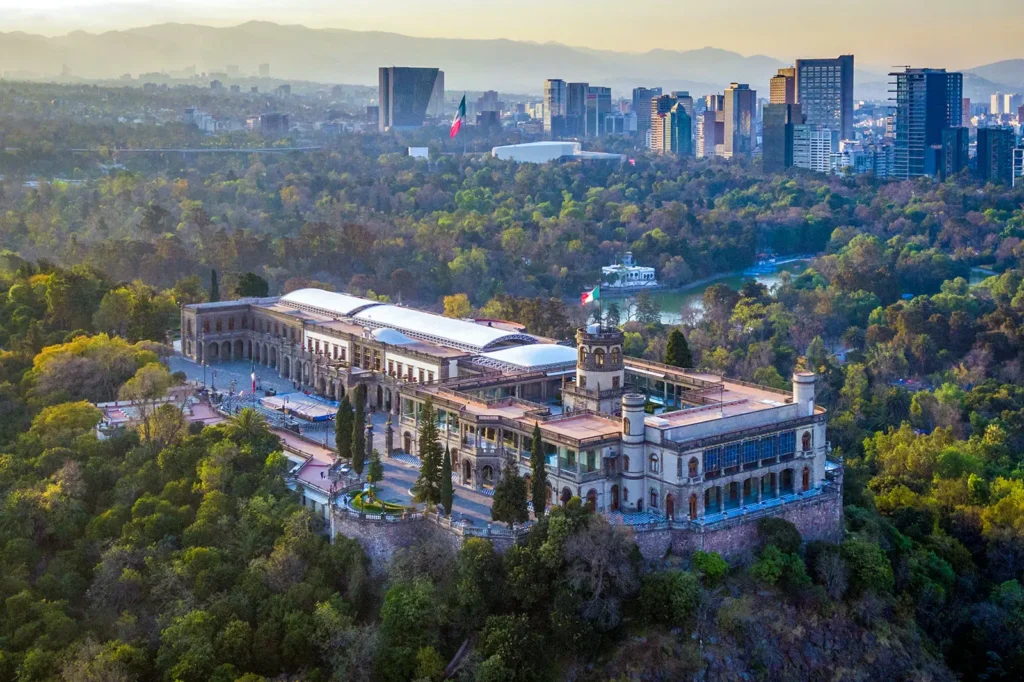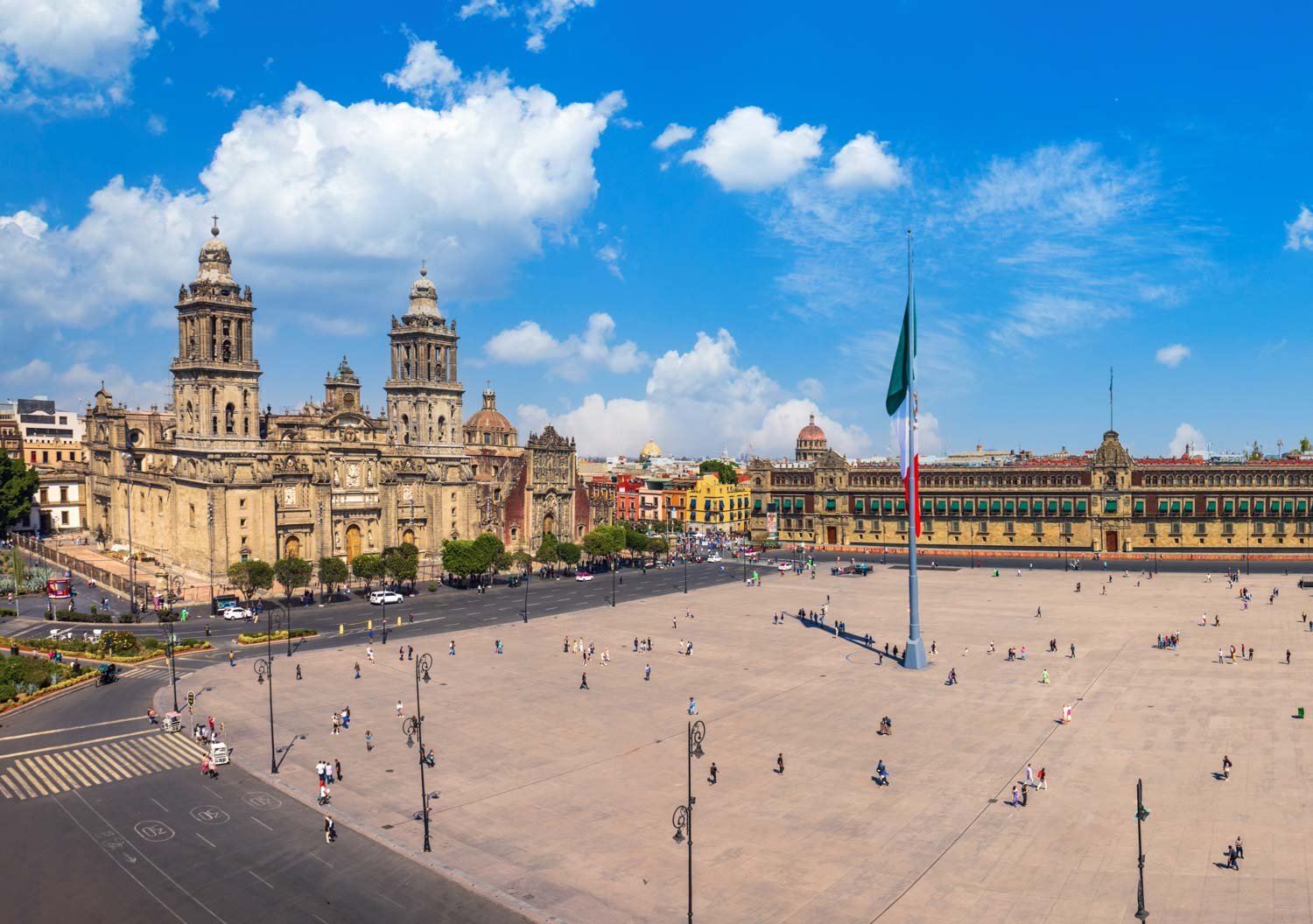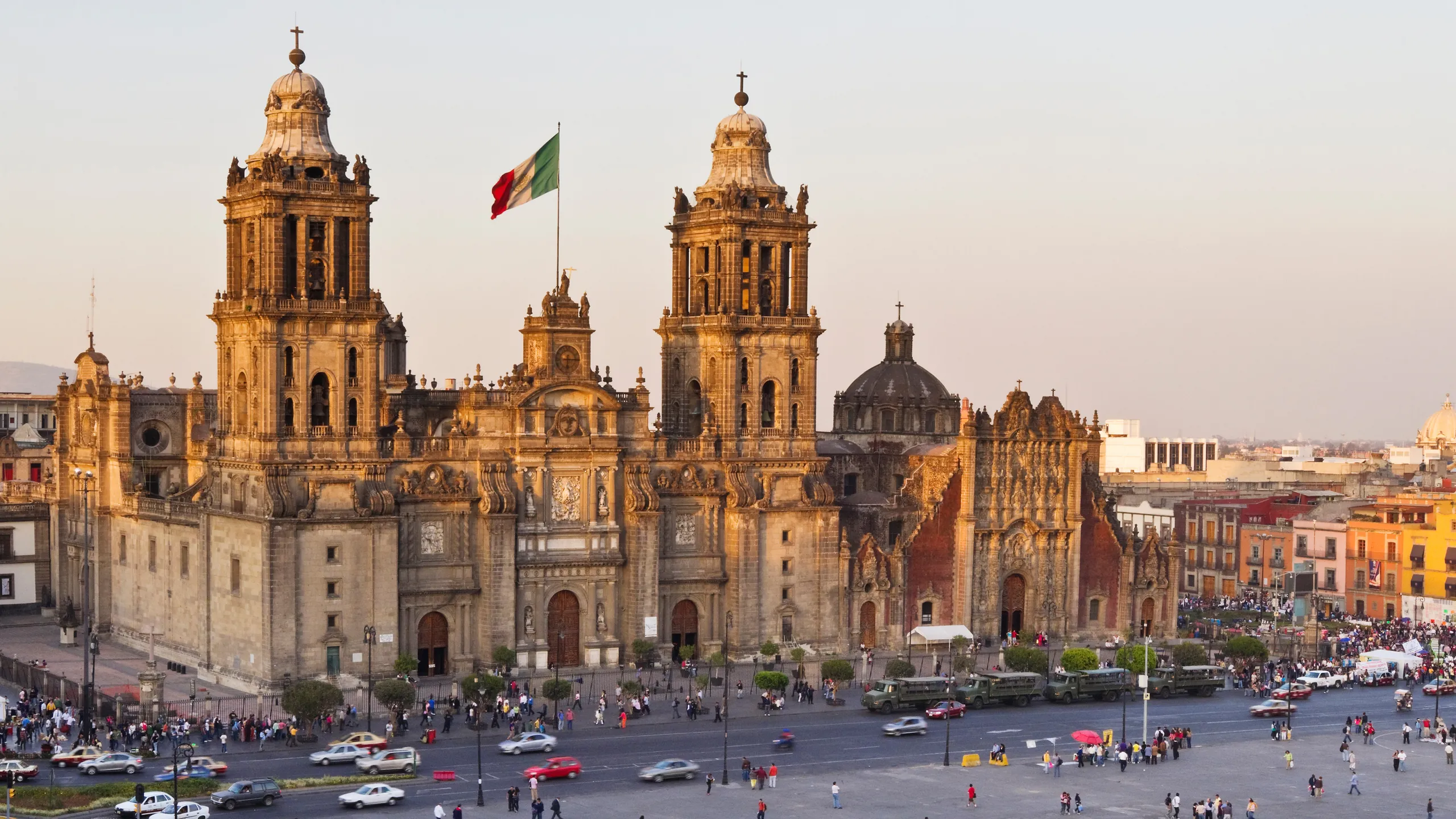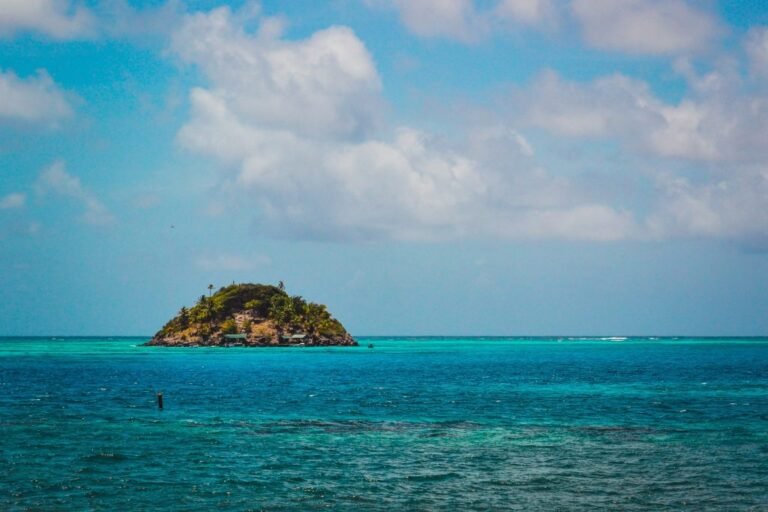
Mexico City is the very heart of Mexico and is Mexico’s largest city. Mexico City is also the biggest city on the continent of North America. Fascinating history, exquisite art, delicious food, breathtaking architecture, and a variety of cultural landmarks. All of these can be found throughout Mexico City.
The bustling city boasts of the variety it offers to tourists who enjoy being immersed in a vibrant culture that embraces life to the fullest. Some of Mexico City’s most notable cultural landmarks include Templo Mayor, the National Palace, and Mexico City Metropolitan Cathedral.
Mexico City Landmarks

These cultural landmarks can be explored throughout a weekend, and offer some great photo ops. There’s a plethora of dining options available and some nice variety. Besides Mexican food, there is also Spanish, French, Mediterranean, Asian and more. You’ll even be able to squeeze in learning a high-level view of Mexico’s history.
The Aztecs gave Mexico City its foundation way back in the 13th century, although it was known as Tenochtitlan at the time. They were responsible for developing a fairly advanced civilization with an organized social, political, and religious culture. Then the Spanish conquest and the French invasion brought about changes and new influences.
Your Mexico getaway awaits! Contact us for expert help in planning your vacation – accommodations, transport, tours, and more. We’re here for you!
Templo Mayor Mexico City

When the Aztecs originally constructed the Templo Mayor (Main Temple), it was the hub of their civilization’s activities, including special ceremonies and rituals. So they made it the center of their city. It was about 100 feet high and overlooked the entire city with massive pyramids on each side of an enormous platform. The Aztecs were religious and worshiped many gods. Temple Mayor was dedicated to Huitzilopochtli, the god of war and the sun, and also Tlaloc, the god of the rain.
When a new Aztec ruler took the throne, he would typically add enhancements to the Templo Mayor to mark his reign in the empire and to honor the gods and the Aztec empire. The Templo Mayor went through several major phases of construction. The temple has also been home to some of the most incredible works of art in history, as well as elaborate architectural embellishments.
When Hernán Cortés and his Spanish conquistadors invaded the area, their group only consisted of 400 soldiers. However, the Aztec empire had become unstable even before the invasion, and even though Cortés was outnumbered, his conquistadors were armed with better weapons.
After the Spanish overcame the Aztec empire, the Templo Mayor was nearly destroyed and erased from history for many centuries. Then its ruins were accidentally rediscovered toward the end of the 1970s because of some area electrical upgrades, and it was decided that an archeological dig should take place. Today, tourists can walk along gated paths and see the ruins, and pay a fee to see the many artifacts in the museum located behind Templo Mayor.
Your Mexico vacation, our expertise! Reach out for help with accommodations, transport, tours, and reservations. Let us make your trip unforgettable.
National Palace Mexico City

The National Palace is an impressive structure that is located at the center of the city’s main square (Zócalo). Today, the National Palace is being used as the location of various government offices and the residence of Mexico’s president. Besides it has an amazing history. Some of the National Palace’s building materials are as old as Montezuma, who was one of the last emperors of the Aztec empire. Because of the building’s history, it’s considered to be one of the most symbolic representations of Mexico.
The National Palace is also home to an exquisite mural that tells the story of Mexico’s history and is entitled, The History of Mexico. Mexican artist Diego Rivera is the artist who painted the mural, which fills the three enormous walls alongside the National Palace’s main stairway. Rivera’s challenge was to choose the key events of Mexico’s history and bring them to life in the present and for future generations with his brilliant artistic ability. His masterpiece spans from the time of the Aztec empire through the Spanish conquest, and the revolution into the industrial years. Rivera also painted other works that can be viewed in Mexico City’s Centro Histórico.
Admission is free, but since it’s a government building in use today, you will need to be prepared to show your identification. Any bags you have with you will go through a security check.
Planning your Mexico escape? We’ve got the details covered! Contact us for assistance with accommodations, transport, tours, and securing that perfect reservation.
Mexico City Metropolitan Cathedral

Approximately 50 years after Hernán Cortés led his Spanish conquistadors into victory over the Aztecs, construction started on the Metropolitan Cathedral. It took 250 years to build this massive and impressive religious structure. The time involved in its construction meant that several types of architecture were woven in by all who took part. The blend of styles includes Renaissance, Baroque, and Neoclassical.
The Metropolitan Cathedral was built on top of the Templo Mayor upon the orders of the conquistadors as a symbol of their victory over the Aztecs. Many of the remains of the Templo Mayor were incorporated into the Metropolitan Cathedral as additional symbolism of the outcome of the Spanish conquest. The Metropolitan Cathedral has had issues with sinking, and so far, has sunk about 32 feet (10 meters), so a major stabilization project took place during the 1990s and was completed in 2000.
Today, the Metropolitan Cathedral is the home of many gorgeous paintings of religious figures, statues, and various artifacts. In addition, it is the home of the Roman Catholic Archdiocese of Mexico. The building is often open for self-guided tours when religious services are not taking place. It will be best to check which days and times in advance of your visit.
Now that you’re familiar with Mexico City, let’s design a custom itinerary for your exploration.
Only a Taste of All that Mexico City Offers
These amazing landmarks barely scratch the surface of all the amazing sights and history you can experience in Mexico City. Including these cultural landmarks in your Mexico City itinerary will give you a taste of the beauty and the fun adventures the country has to offer, a desire for a return visit, and plenty of photos and bragging rights to share with friends and family when you get home.
Craving a taste of Mexico? Let us be your flavor guide! We’re not just planners; we’re memory architects. Dive into your dream getaway with us, where every detail is a stroke of brilliance.





